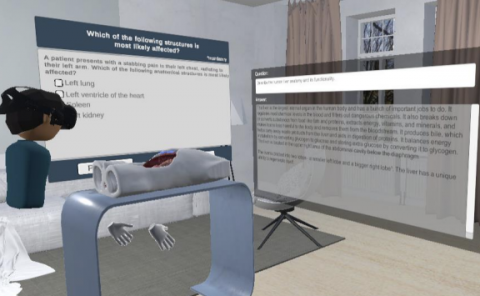Beyond Feeling Sick: The Visual and Cognitive Aftereffects of Virtual Reality
PubDate: September 2019
Teams: University of South Australia;Flinders University
Writers: Ancrêt Szpak; Stefan Carlo Michalski; Dimitrios Saredakis; Celia S. Chen; Tobias Loetscher
PDF: Beyond Feeling Sick: The Visual and Cognitive Aftereffects of Virtual Reality

Abstract
Despite continued improvements in virtual reality (VR) technologies, many people still experience adverse symptoms from using head-mounted displays (HMDs). Typically, these symptoms are monitored through self-report measures, such as the Simulator Sickness Questionnaire (SSQ); however, by only using subjective measures many symptoms may be overlooked. In an application-based study, we investigated visual and cognitive aftereffects of using HMDs and their relationship to the reporting of sickness on the SSQ. Visual (accommodation and vergence) and cognitive (reaction time and rapid visual processing) assessments were employed before and after participants engaged in a 30-minute VR table tennis game (VR group, n = 27) or went about their daily activities (control group, n = 28). The data showed changes in accommodation but no concurrent changes in vergence, which likely stems from decoupling accommodation and vergence in VR. Furthermore, larger changes in accommodation were linked to more severe sickness symptoms suggesting that decoupling accommodation and vergence could be more adverse than previously thought. The VR group also had slower decision (cognitive) times, but movement times were unaffected. These findings go beyond the typical self-reporting of sickness in VR studies. Moreover, we demonstrate that even in a high-quality commercial virtual environment, users may experience visual and cognitive aftereffects that may negatively influence their experience with subsequent activities in the real world. Developing an understanding of how VR aftereffects may influence later activities could help to minimise the risk of using HMDs for various applications and may be valuable to obtain a better understanding of user issues and VR safety.

